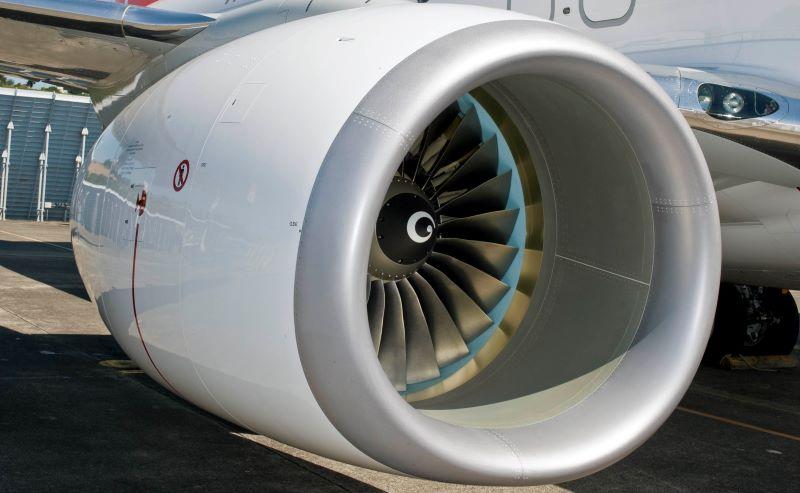Daily Memo: Current-Generation Equipment Headaches Are Flattening The CFM56 Overhaul Peak

CFM56 engine
Credit: Boeing
Challenges with new-generation aircraft are providing plenty of headaches for affected operators and aftermarket providers. Aircraft and engines that were supposed to be retired and tagged for teardown are filling gaps created by delayed or not-yet-certified 737 MAXs or grounded Pratt & Whitney...
Subscription Required
Daily Memo: Current-Generation Equipment Headaches Are Flattening The CFM56 Overhaul Peak is published in Aviation Daily, an Aviation Week Intelligence Network (AWIN) Market Briefing and is included with your AWIN membership.
Already a member of AWIN or subscribe to Aviation Daily through your company? Login with your existing email and password
Not a member? Learn how to access the market intelligence and data you need to stay abreast of what's happening in the air transport community.





